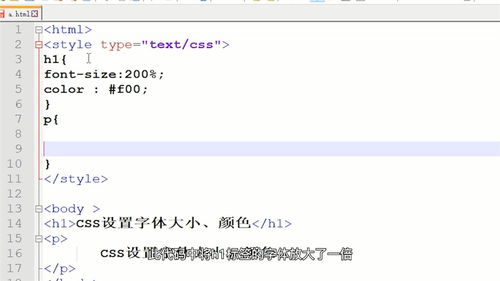HTML(超文本标记语言)、CSS(层叠样式表)和JavaScript是Web开发的三大核心技术,它们各自承担不同的职责,共同协作来创建动态的、互动的网页。下面是对这三种技术的简要介绍:
2. CSS:CSS用于设置网页的样式,包括颜色、字体、布局等。CSS可以独立于HTML文档,通过链接外部样式表或内联样式来实现。CSS使得网页设计师能够轻松地控制网页的视觉效果,并确保在不同设备上的兼容性和一致性。
3. JavaScript:JavaScript是一种脚本语言,它允许网页具有交互性和动态性。JavaScript可以响应用户的操作,如点击按钮、滚动页面等,并执行相应的操作,如更新内容、验证表单、发送请求等。JavaScript通常嵌入在HTML文档中,或者通过链接外部脚本文件来使用。
这三种技术是现代Web开发的基础,它们共同协作,使得网页不仅仅是静态的文档,而是可以提供丰富交互体验的动态应用程序。掌握HTML、CSS和JavaScript是成为Web开发者的关键。
HTML, CSS, and JavaScript: The Dynamic Trinity of Web Development
Introduction

In the vast world of web development, HTML, CSS, and JavaScript are the three pillars that form the foundation of any dynamic and interactive website. Each of these technologies plays a crucial role in creating a seamless user experience. In this article, we will delve into the basics of HTML, CSS, and JavaScript, explaining their individual functions and how they work together to create a powerful web presence.
HTML: The Structure of the Web
What is HTML?

HTML, which stands for Hypertext Markup Language, is the standard markup language for creating web pages and web applications. It provides the structure and content of a webpage, defining elements such as headings, paragraphs, images, links, and more.
Basic HTML Structure

Every HTML document starts with a `` declaration, followed by the opening `` tag. Inside the `` tag, there are two main sections: the `` and the ``.
- The `` section contains meta-information about the document, such as its title, links to CSS files, and other metadata.
- The `` section contains the actual content of the webpage, including text, images, links, and other elements.

Example of a Basic HTML Document
```html









